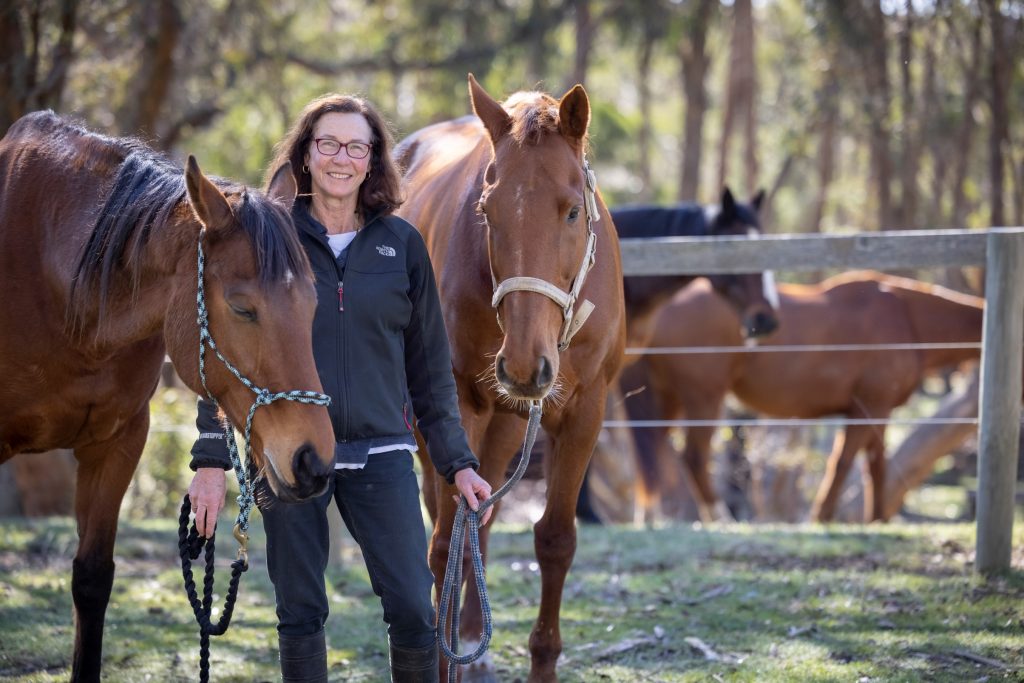The London Website Design and Development Process is Divided Into Six Stages

The website design and development process consists of several steps.
A lot happens before the big launch, from gathering initial information to creating your website. While the exact process varies slightly between projects, the fundamentals remain consistent.
Phase One: Discovery / Information Gathering
Gathering information is the first step in designing a successful website.
Many factors must be considered when designing the look and feel of your website, so you will be asked numerous questions to gain a clear understanding of your business and your website needs. Consider the following points:
> Purpose
What is the site’s purpose? Do you want to share information, promote a service, sell a product, or something else?
> Goals
What do you hope to achieve by creating this website? Making money and sharing information are two of the more common goals.
> Prospective Clientele
Is there a specific group of people who will assist you in reaching your objectives? It is beneficial to visualize your ideal customer. Consider their age, gender, or interests to help you choose the best design style for your site.
> Content
What kind of information will your target audience seek on your website? Are they looking for specific information, a specific product or service, or something else?
Second Phase: Planning
Using the information gathered in phase one, we first devised a strategy.
We create a sitemap here, which is a list of all the main topics and sub-topics for your website. This serves as a guide for what content will be on the site and is necessary for developing a consistent, user-friendly navigation system.
This is also where we decide which technologies to implement, such as contact forms, custom post types, specific plugins, and so on.
Design Phase Three
We determine the look and feel of the site based on the information gathered thus far.
One of the key factors considered here is the target audience. A site designed for young adults will look very different from one designed for a financial institution. Your company logo and colors are also incorporated into the design to help strengthen your company’s identity on the website.
Fourth Phase: Development
This is where the functional website is built.
We use the individual graphic elements from the preliminary design to build the functional website. They are specifically used to create the functional WordPress theme that determines the look and feel of your site. This includes not only the desktop view, but also mobile responsive views, ensuring that your site is accessible to the broadest possible audience.
We take your content and distribute it throughout the site in the appropriate areas once the WordPress theme has been developed.
Phase Five: Testing and Distribution
We now attend to the final details and test your website.
We test the complete functionality of forms and other features. We check for last-minute compatibility issues like viewing differences between web browsers or mobile devices.
We will deliver the site once we have received your final approval. We will transfer the files to your server. In most cases, this also entails installing and configuring WordPress as well as a core set of essential plugins to help improve the site. Here, we quickly test the site again to ensure that everything is in order and that it is still fully functional.
Your website has officially launched, as it is now accessible to the general public.
Sixth Phase: Maintenance
Just because your site is live doesn’t mean your work is done.
Offering regularly updated content is one way to attract repeat visitors to your site. And, as new versions of WordPress and any installed plugins become available, those should also be upgraded.
Markustudio is a freelance web designer in Manchester who specializes in web design, logo branding, print, SEO, and digital design. We are passionate about serving successful small businesses and large brands all over the UK. If you need assistance developing a style guide or staying consistent with your branding, our team of experts is here to help. We will collaborate with you to develop a distinct and memorable brand that will help you stand out from the crowd. To get started, contact us today!
